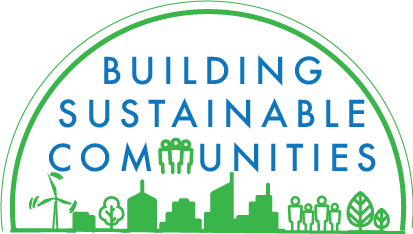From Canada to Kenya, nearly every country struggles to provide housing for all its residents. It’s a goal that has become a moving target: Migration – both rural-to-urban and cross-border – is placing mounting pressure on cities to house their newcomers.
Three million people move to urban areas every week, and by 2030, three billion more people will need quality housing. The growing risks of climate change demand housing strategies that focus not only on affordability, but also on resilience.
As markets change fast, governments must be ever vigilant that policies don’t become obsolescent or even harmful because their details have become out of date. Even well-designed housing programs require adjustments.
Take the case of Singapore: its admirable Housing Development Board (HDB) program has built over one million units, housing 80% of the country’s population, but until 2013, HDB units could only be sold to married couples. An increase in single house hunters forced the government to extend the program to single people over 35 years old. Now groups are petitioning to remove restrictions on single mothers and divorced parents.
Even providing free or heavily subsidized homes—as Colombia and Mexico have done—has downsides: Aside from potentially creating a shadow market of resales and sublets, if units are too small or too remote, quality of life decreases as the price of commuting increases. If poor families are not adequately integrated into the urban fabric, new housing will quickly become the new slums.
Fortunately, policymakers can learn from other countries’ trials and errors. Here are four lessons for policymakers seeking to design resilient housing programs:
- Don’t overpromise. Big numbers make great headlines for a day and simmering resentment for years. Too often, governments promise to deliver high numbers of housing units in short time frames – ignoring decades of evidence that construction, from large-scale projects to a simple kitchen renovation, too often fall victim to delays, cost overruns, and quality deficiencies. In recent years, leaders of countries as different as Saudi Arabia, Haiti, Cote d’Ivoire or Papua New Guinea have ignored this well-known “planning fallacy,” as behavioral economists call it, launching large-scale housing programs that have either fallen short of their goals or failed to take off. These broken promises inevitably lead to public frustration.
- Avoid segregation. Housing policies, focused solely on affordability, risk creating social alienation by building new developments in cheap land in isolated areas—with the unintended results of exacerbating urban sprawl and poverty. In 1994, Nelson Mandela’s newly elected government in South Africa launched a program delivering nearly four million housing opportunities. But that housing ended up so distant from urban centers and jobs that critics have derided the program as a continuation of the very system of apartheid it was designed to end. In the early 2000s, Mexico spent over $100 billion on a massive housing program to build complete “new towns” away from city centers – today, thousands of these houses are uninhabited and dilapidated. Governments have refocused their efforts on resilient urban renewal and transit-led development to ensure that housing is connected to jobs and the city’s social fabric.
- Never compromise on quality to reduce costs. Former Soviet countries achieved high rates of home ownership (in Romania, it’s 96%), but did it with uniform blocks of cheap concrete. Most of the new units are now decades old, in need of urgent structural repair, and burdened by high utility costs and low energy efficiency. Similarly, Chile and Colombia have cut their quantitative housing deficits only to face large-scale quality issues. To stand the test of time, and to be affordable over its lifecycle, new housing must be built with high structural integrity and energy efficiency. We need to ensure that today’s efforts to address the quantitative housing deficit do not exacerbate tomorrow’s qualitative one.
- Don’t neglect the existing housing stock. Around a quarter of the world’s population currently lives in self-built homes in dense slums. When natural disasters hit, they cause horrific human and economic losses. Conversely, when informal households are given tools and funding to actively anticipate risk, they make resilient investments: they improve not only their homes, but also their economic and personal lives, thus strengthening the resilience of their cities.
Evidence shows that even the world’s poor may not find a free home far from an urban center appealing. This suggests that policymakers should expand their definition of “resilience” beyond a brick and mortar structure’s capacity to withstand shocks. As Lawrence Vale, professor of urban studies and planning at Massachusetts Institute of Technology (MIT), has noted, “ housing for resilient cities is housing that provides a foundation for vulnerable groups to develop positive social relationships and economic livelihoods while reducing risks.”
READ MORE:
- Blog: Housing blogs
- Blog: “But what about Singapore?” Lessons from the best public housing program in the world
- Blog: Building more affordable and disaster-resilient housing in Latin America and the Caribbean: a few policy ideas
- Subscribe to our Sustainable Communities newsletter
- Follow @WBG_Cities on Twitter




Join the Conversation